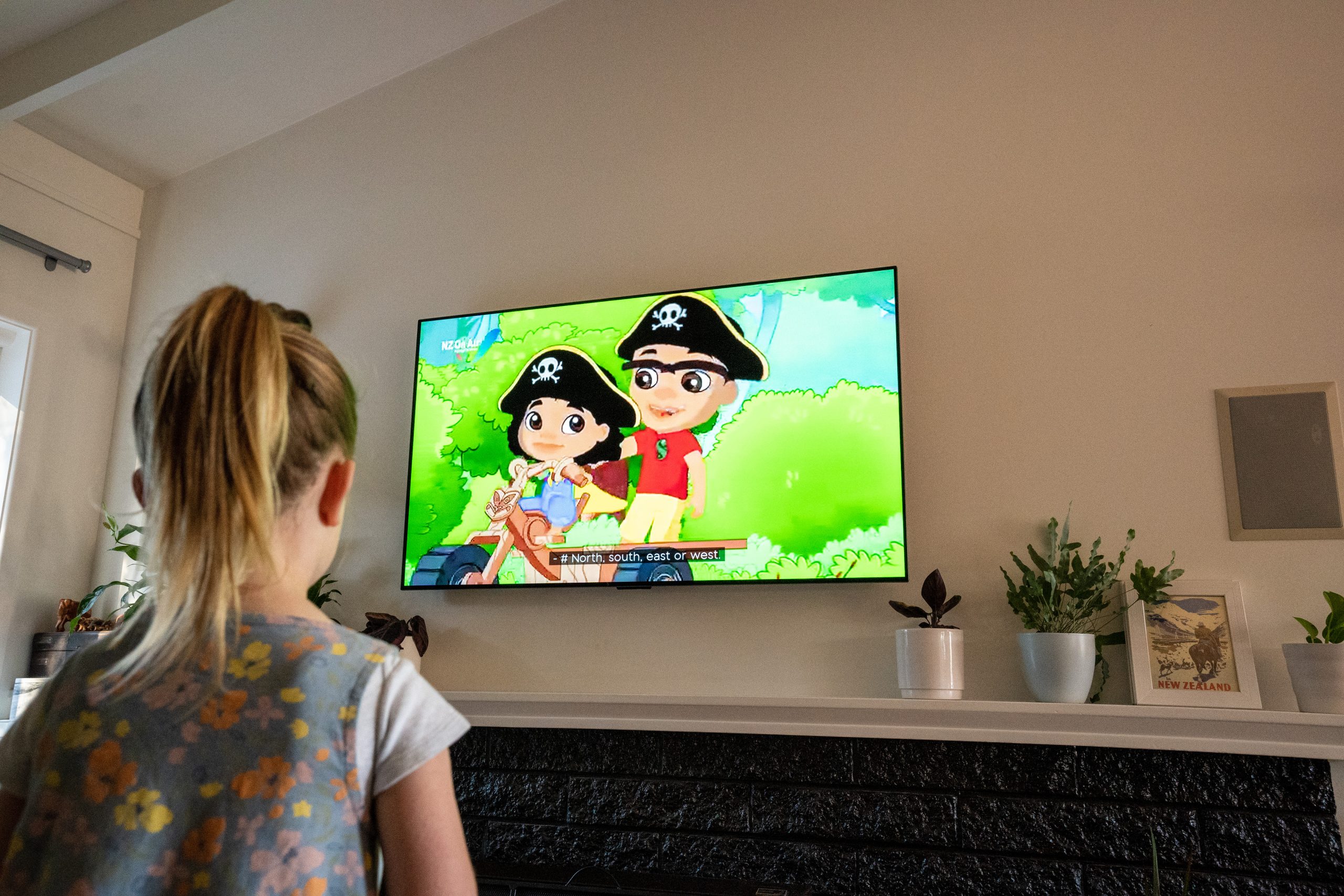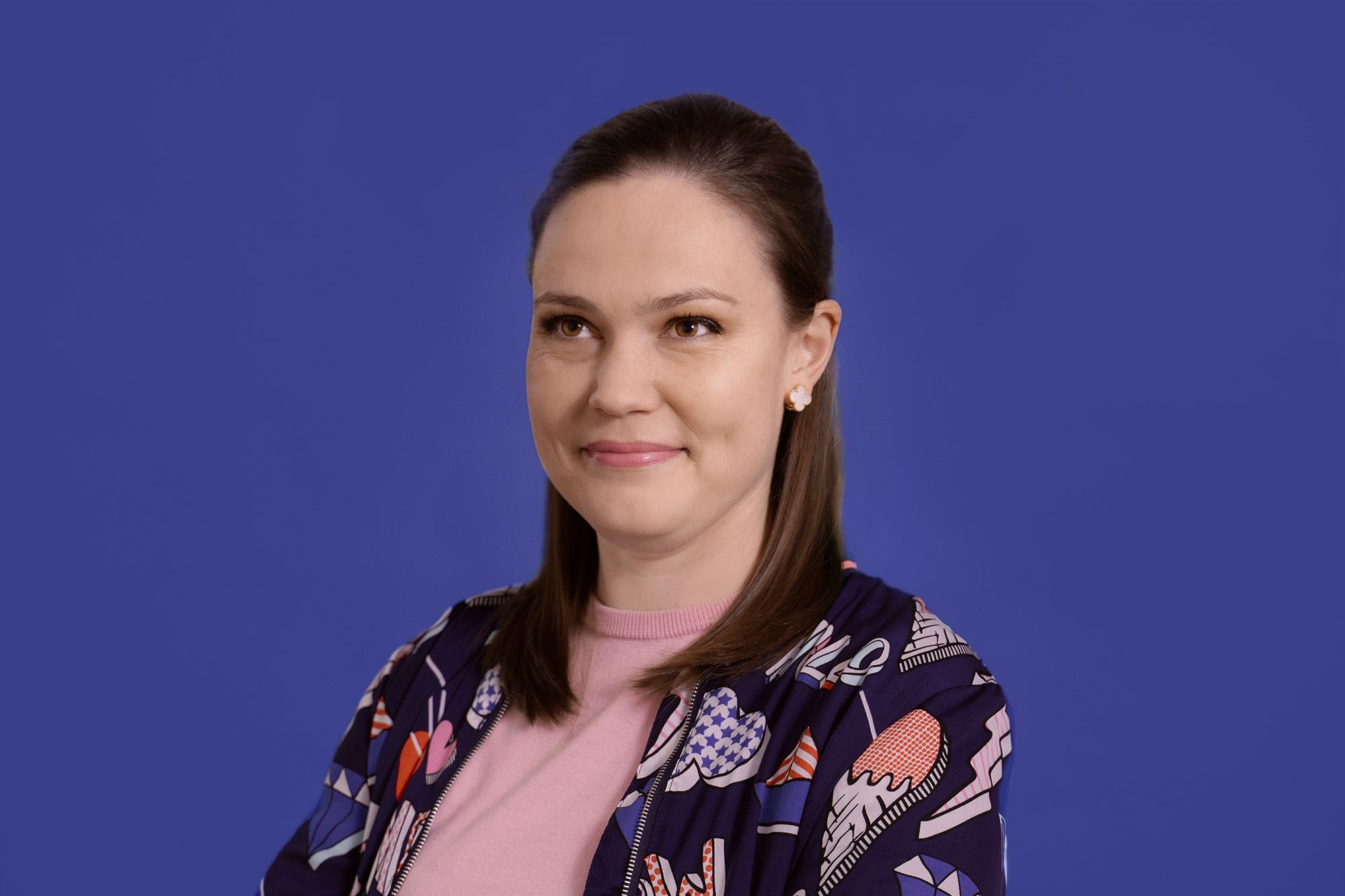
In light of the report released this week about the state of children’s literacy in New Zealand, it’s time to learn the wide-ranging benefits of using subtitles, including improving literacy. Titled Now I Don’t Know My ABC by Dr Nina Hood and Taylor Hughson, the report says two out of five Kiwi kids are either only just meeting or failing to meet literacy standards entirely by the age of 15.
New Zealand’s media accessibility organisation Able creates subtitles and captions for New Zealand TV and media. Primarily, these provide access for the 880,000+ New Zealanders who are d/Deaf and hard-of-hearing; but local and international research shows that having captions turned on dramatically benefits childrens’ literacy.
Able’s Communications Manager Sophie Jones says that what is good for accessibility is good for everyone. “What we see is that accessibility can have wide-ranging benefits for all of society, and one of those is improving literacy outcomes for our tamariki and rangatahi. There have been so many studies done – some local, some international – and all the evidence shows that by using same-language-subtitles when watching popular movies and TV, both reading achievement and engagement are enhanced.”
One respondent in a study by Parkhill, Faye, Davey, and Ronnie said “I used to read one page in two minutes and now I am reading ten”, while a teacher said “I’ve noticed a huge increase in their vocabulary. I have five children who are the lowest of Year 5 and I’ve noticed this increase has been amazing for those children. They’re using really interesting words.”
A key finding of eye-tracking research on subtitling is that viewers who have some letter-to-sound correspondence just cannot ignore the subtitles. Reading responses automatically kick in, and the more you read, the better your reading skills become.*
Able NZ Chief Executive Wendy Youens says the benefits of captions are universal.
“An incredible 85 percent of social media content is viewed without sound, and 38 percent of viewers currently use captions when watching TV. As we move through an increasingly mobile, media-filled world, captions are there for all of us.”
“Turning on captions is as easy as flicking a switch, and can have such huge benefits for accessibility, and for literacy. Captions are definitely not a substitute for reading with your child; but it’s an incredibly simple way to incidentally increase literacy outcomes.
Full instructions to turn captions on are here: https://able.co.nz/captions/how-to-access/
bFM’s The Wire interviewed Sophie Jones from Able on the matter. Listen to the full interview here.





